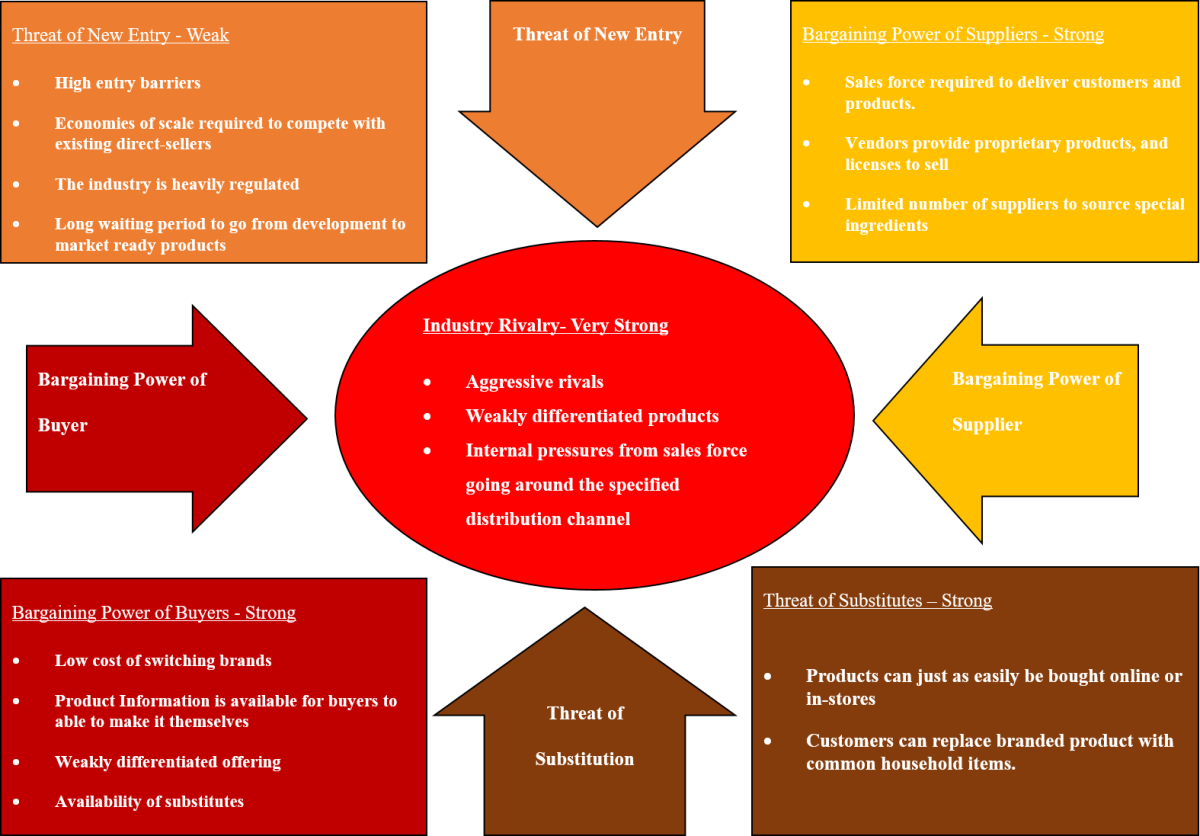Business Strategy: A Closer Look at the Low Cost Strategy

In his book Competitive Strategy, Michael Porter cites three generic strategies that a firm can adopt: low cost, differentiation, and market segment focus. A previous article gave a general overview of these three strategies. This article examines more closely the low cost strategy and its implications.
Definition of Low Cost Strategy
The low cost strategy is also known as the cost-leadership strategy. This strategy is one that dictates the firm have the lowest costs for a given product. Thus, the very definition implies there can only be one firm with this strategy. While there may be competition to obtain the position of lowest cost, only one firm can be the lowest.
The low cost strategy means the firm has driven down its production and overhead costs to the bare minimum. These cost cuts can occur in several ways. Efficient facilities, experience, and control of customer accounts can all help drive down costs. This is in addition to the normal waste cutting that firms do. The goal is to have the lowest average cost per unit in the entire industry.
Implications of the Low Cost Strategy
If a firm is able to assume the low cost strategy, a tremendous advantage is obtained. This advantage is based in the fact that the low cost firm has more flexibility in setting its selling price than the other firms in the industry. For example, suppose Company A is the low cost leader in the industry and Company A has an average cost per unit of $5. Company B who is not the low cost leader has an average cost per unit of $6. If the market selling price for this product is $8, Company A makes $3 per unit and Company B makes $2 per unit. But Company A has the ability to put pressure on Company B and lower the selling price of A, eating up Company B's profit. In fact, Company A can sell the item for $6 or even lower, forcing Company B to match the selling price and take a loss or keep the higher selling price and find some way to differentiate itself from Company A. In either case, Company A has the pricing power.
The low cost strategy often leads to a large market share because the firm does have the ability to offer lower selling prices. The average customer generally wants to save money on items bought every day, so the low cost provider will gain market share on this basis. Thus, the low cost provider has an appeal to the mass market. However, the cost leader can rarely capture the entire market.
In an attempt to maintain a low cost position, a firm might reduce costs in critical areas such as customer service. These cost reductions might appear as lack of response to customer complaints, non-friendly return policies, inadequate staffing, and poorly maintained facilities. While this is not an exhaustive list, these cost reductions have the potential of driving away some customers who seek better customer service.
Another turn-off for customers is the lack of innovation or new products. For a firm to introduce new products or new features in products, research and development costs of some form need to be incurred. However, for the low cost strategist, these are extra costs that should be eliminated. Thus, the low cost firm will only introduce new products or new features in products or services when customers demand them. This avoids the research and development expenses and the low cost firm simply copies those firms already adopting the new feature. This delay in innovation has a negative effect on customers who desire the newest innovations.

Summary
This article has explored in more detail the cost leadership strategy position. Only one firm in an industry can have this strategy, implying all other firms should adopt the differentiation or focus strategies. There are tremendous advantages to having and maintaining the low cost position but there are also some big negatives. One thing is clear. A low cost firm has to be constantly vigilant about the low cost position. If the low cost firm gets replaced in that position, the firm must fight to maintain the position by cutting more costs or by changing its strategy completely.
Visit Kairos Advising & Consulting for More Great Information
Other Strategy Articles
- Business Strategy: The Three Management Layers
This article discusses the three levels of strategy that a business should develop. It also discusses who and what is involved at each level. - Business Strategy: "This Is a Football", Part 1
This article is the first in a series on developing a strategy. Developing a good mission statement forms the basis for everything the firm does. - Business Strategy: The Five Competitive Forces
This article examines Michael Porter's five forces model. Each of the forces is discussed with regard to characteristics that increase competition in an industry.






